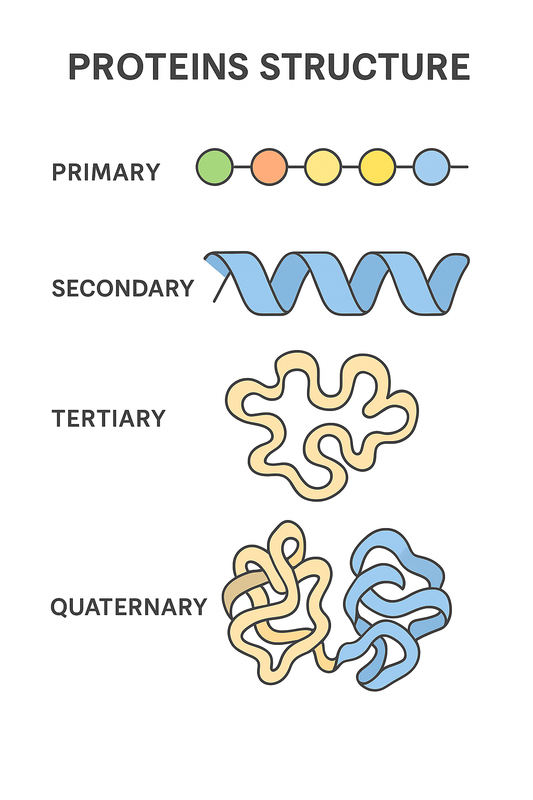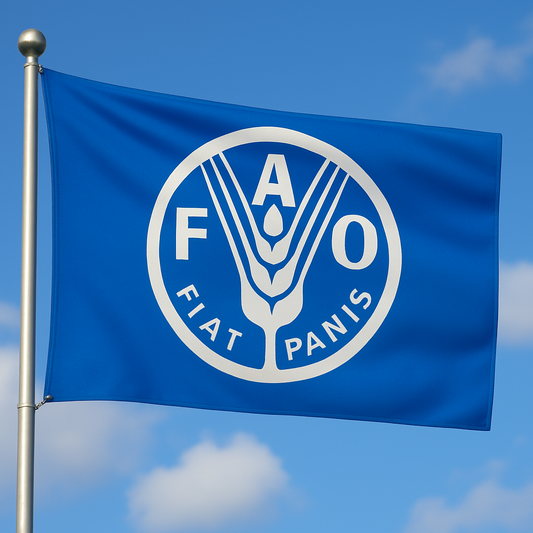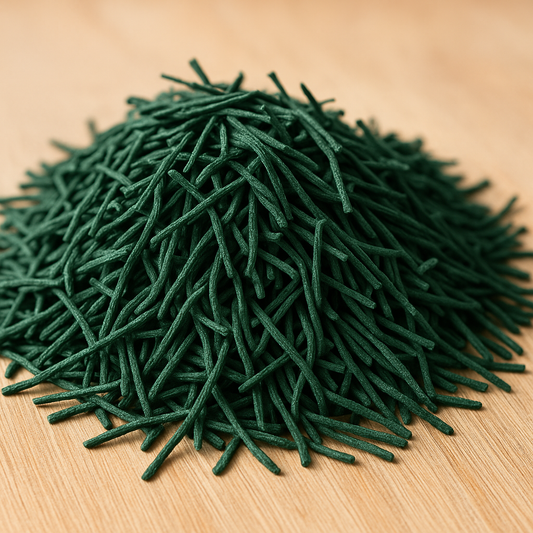Drought and insects: low environmental impact to cope with Climate Change
Share
THE ALARMING TREND OF 2022
Drought.
It was everywhere in newspapers and it commanded TV news’ schedule, awaiting us like a gloomy omen when we found out that we were more careful about turning off the tap while we were brushing our teeth.
It was in shallower rivers and lakes, we felt it in our garden, yellowed because water was reserved to hygiene and for personal consumption.
2022 will always be remembered like one of the hottest years in history, with 0,76 degrees higher than the average temperature and above all rainfall was 45% fewer than usual.
At this point you are thinking what drought has to do with entomophagy.

1. THE EXHAUSTIBILITY OF WATER AND DESERTIFICATION
We consider water like an infinite asset because of the hydrological cycle of evaporation and fall to the ground. It’s more complicated than that.
Water resources are continually renewed but not all water is drinkable: theoretically only 3% of water is potable, “theoretycally”.
Because 80% of that is frozen in polar ice caps and the other 20% has to face the increasing worldwide consumption.
The situation becomes a perfect storm thanks also to global warming.
The climate change on the hydrosphere can be counterintuitive.
If a warmer Earth means a planet where oceans will erode coasts, on the other hand a warmer climate is responsible of desertification.
The heat waves that reach temperate climate zones are responsible of a climate scenario of high pressure, with absence of rains also for long periods of time.
The increasing amount of CO2 in the atmosphere retains heat, exacerbating the problem and impacting water resources.
Less rain means higher temperatures, which determine increasingly warmer air and less rain, in a perfect vicious circle that impacts the arable and habitable surface of the soil at our disposal.

2. WATER: BLUE FUEL AT THE SERVICE OF HUMAN ACTIVITIES
Another fact that we often tend to underestimate is the central role of water in human activities.
Water is not only necessary for life on Earth but is literally the fuel of dozens of industrial sectors. Its scarcity is not only able to significantly change weather conditions: it can literally leave us unemployed interrupting the production chain of the sectors in which we work.
Beyond the often-mentioned activities of the primary sector (agriculture and livestock farming, which alone consume 70% of the world’s water), manufacturing industries like chemical, rubber production and steel mills are highly water demanding.
On the other hand, the economic development of a growing and hungry world population creates needs with a high environmental impact and generates constantly growing water consumption.

3. MY LOVED STEAK, HOW MUCH WATER DO YOU COST?
The water footprint of meat consumption is extremely impactful.
On average, to produce a kilo of beef, it takes 15,000 liters of water (from lows of 11500 liters in Italy, to 30000 in Argentina).
Water feeds the livestock industry more than any other resource: it is fundamental in the production of animal feed, in the management of waste and in the livelihood of livestock.
If we consider that the average weight of a steak is about 150 grams, a quick equivalence is enough to find that it costs 2000 liters of water, which is the equivalent of 15 showers.
Comparing these parameters to the breeding of insects, we see a huge difference in terms of impact.
Producing a pound of crickets requires 1.2 liters of water: little more than a bottle of mineral water.
You probably understand why insects could be an excellent resource to minimize the impact of these critical issues.
Do you need one more reason to convince the most skeptical people?
Find out what kind of insect products exist and how you can supplement them to your normal diet!




